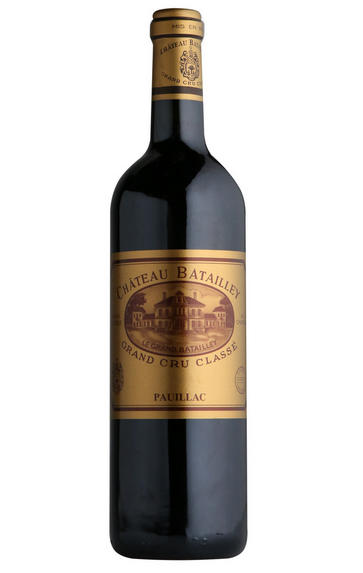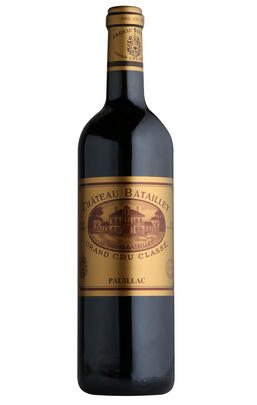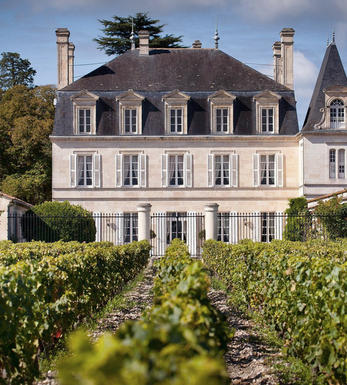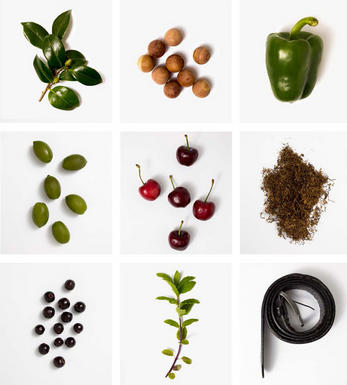
2014 Château Batailley, Pauillac, Bordeaux

Critics reviews
Neal Martin - 31/03/2017
Jancis Robinson MW - jancisrobinson.com - Apr 2015
About this WINE

Château Batailley
Château Batailley is one of the oldest estates in Bordeaux, dating from the 15th century. A 5ème Cru Classé, it is known for producing wines of consistently high quality and excellent value in a classic Pauillac style.
The vineyard sits on a plateau at the southern end of Pauillac, on the site of a battle between the French and the English during the Hundred Years War – hence the name ‘Batailley’. The estate has been owned by the Borie family since 1932, and is currently in the hands of family-members Denise and Emile Castèja of the famous negociants Borie-Manoux, which also owns Ch. Lynch-Moussas, Ch. Trotte Vieille and Domaine de l’Église. Ch. Batailley, considered to be the jewel in the family crown, is now managed by son Philippe Castèja and grandson Frédéric.
For years, Ch. Batailley has enjoyed a reputation as a reliable, well-priced Pauillac. Over the last 15-20 years, however, there has been a much greater emphasis on the quality of the fruit. The result has been wines of decidedly more finesse – still in the classic Pauillac style, and still one of the best value Cru Classé at any level.
Since 2014, Batailley has produced a second wine, Lions de Batailley, using grapes from some of the younger vines; it’s lighter in style but retains the signature profile of the Grand Vin.
The 57 hectares of vineyards are planted in classic Pauillac proportions: 70% Cabernet Sauvignon, 25% Merlot, 3% Cabernet Franc and 2% Petit Verdot. The deep gravel beds are ideal for the later-ripening Cabernet Sauvignon; the clay and limestone subsoil is equally favourable to Merlot. Grapes are harvested by hand, in parcels of roughly one hectare each.
Grapes are fully de-stemmed, then fermented in stainless steel tanks. Malolactic fermentation takes place partly in tank, partly in barrel, and the wine is then aged in 225-litre barriques, 55% new, for 16-18 months before bottling.

Pauillac
Pauillac is the aristocrat of the Médoc boasting boasting 75 percent of the region’s First Growths and with Grand Cru Classés representing 84 percent of Pauillac's production.
For a small town, surrounded by so many familiar and regal names, Pauillac imparts a slightly seedy impression. There are no grand hotels or restaurants – with the honourable exception of the establishments owned by Jean-Michel Cazes – rather a small port and yacht harbour, and a dominant petrochemical plant.
Yet outside the town, , there is arguably the greatest concentration of fabulous vineyards throughout all Bordeaux, including three of the five First Growths. Bordering St Estèphe to the north and St Julien to the south, Pauillac has fine, deep gravel soils with important iron and marl deposits, and a subtle, softly-rolling landscape, cut by a series of small streams running into the Gironde. The vineyards are located on two gravel-rich plateaux, one to the northwest of the town of Pauillac and the other to the south, with the vines reaching a greater depth than anywhere else in the Médoc.
Pauillac's first growths each have their own unique characteristics; Lafite Rothschild, tucked in the northern part of Pauillac on the St Estèphe border, produces Pauillac's most aromatically complex and subtly-flavoured wine. Mouton Rothschild's vineyards lie on a well-drained gravel ridge and - with its high percentage of Cabernet Sauvignon - can produce (in its best years) Pauillac's most decadently rich, fleshy and exotic wine.
Latour, arguably Bordeaux's most consistent First Growth, is located in southern Pauillac next to St Julien. Its soil is gravel-rich with superb drainage, and Latour's vines penetrate as far as five metres into the soil. It produces perhaps the most long-lived wines of the Médoc.
Recommended Châteaux
Ch. Lafite-Rothschild, Ch. Latour, Ch. Mouton-Rothschild, Ch. Pichon-Longueville Baron, Ch. Pichon Longueville Comtesse de Lalande, Ch. Lynch-Bages, Ch. Grand-Puy-Lacoste, Ch, Pontet-Canet, Les Forts de Latour, Ch. Haut-Batailley, Ch. Batailley, Ch. Haut-Bages Libéral.

Cabernet Sauvignon Blend
Cabernet Sauvignon lends itself particularly well in blends with Merlot. This is actually the archetypal Bordeaux blend, though in different proportions in the sub-regions and sometimes topped up with Cabernet Franc, Malbec, and Petit Verdot.
In the Médoc and Graves the percentage of Cabernet Sauvignon in the blend can range from 95% (Mouton-Rothschild) to as low as 40%. It is particularly suited to the dry, warm, free- draining, gravel-rich soils and is responsible for the redolent cassis characteristics as well as the depth of colour, tannic structure and pronounced acidity of Médoc wines. However 100% Cabernet Sauvignon wines can be slightly hollow-tasting in the middle palate and Merlot with its generous, fleshy fruit flavours acts as a perfect foil by filling in this cavity.
In St-Emilion and Pomerol, the blends are Merlot dominated as Cabernet Sauvignon can struggle to ripen there - when it is included, it adds structure and body to the wine. Sassicaia is the most famous Bordeaux blend in Italy and has spawned many imitations, whereby the blend is now firmly established in the New World and particularly in California and Australia.


Buying options
Add to wishlist
Description
Utterly sumptuous, this is a real triumph for 2014. The vintage’s freshness is present and correct: there is purity of fruit, elegant, almost seamless tannins and a really nice level of acidity. More luscious and approachable than in recent years, this is (as usual) benchmark Claret and very much on our list of favourites. We very regularly recommend this wine to our customers for a reason, it is reliably consistent, tasty and typically great-value red Bordeaux. A sweetness emerges on the finish, it is aromatically pure and simply charming.
82% Cabernet Sauvignon, 15% Merlot, 2% Petit Verdot, 1% Cabernet Franc
wine at a glance
Delivery and quality guarantee